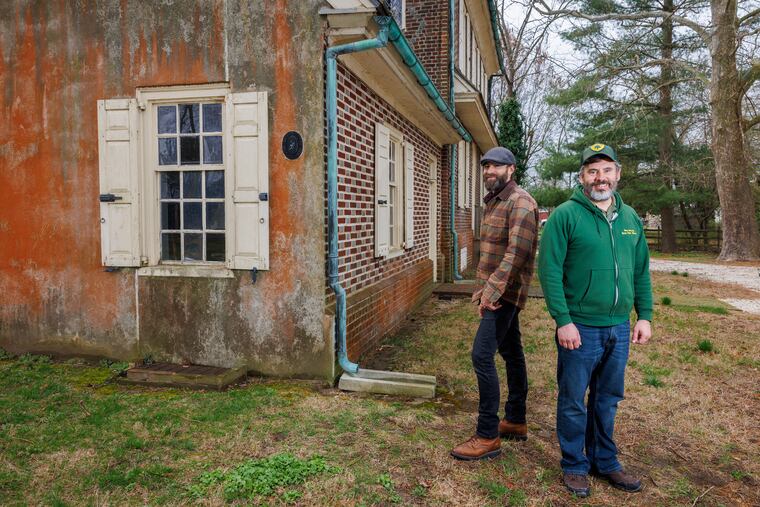New York requires reliable energy sources to support the state’s economic growth and future development.
New York City continues to serve as the economic powerhouse of the state, and sustaining its competitive edge in an increasingly globalized market necessitates ongoing investments in infrastructure, particularly in energy. As the city navigates the complex landscape of post-COVID recovery and seeks to bolster job creation, it is imperative to address potential roadblocks to economic momentum. Challenges posed by tariffs, political volatility, and economic uncertainty have emerged, highlighted by recent job losses that underscore the necessity of securing the foundational elements of economic resilience.
Compounding these challenges are alarming indications that the city’s energy supply is not guaranteed. Recent heatwaves have exposed vulnerabilities within the power grid, resulting in record-breaking temperatures and subsequent outages. In response, state officials have urged residents to conserve energy, prompted utility companies to lower voltage voluntarily, and initiated energy watches similar to tornado warnings from the New York Independent System Operator. It is clear that maintaining public safety and the seamless function of daily life cannot become a precarious norm.
Both businesses and residents require access to a diverse array of reliable energy sources, including traditional fuels such as natural gas, as the transition to renewable energy sources progresses. During peak demand periods in extreme heat, conventional fuels accounted for approximately two-thirds of the energy necessary for cooling and lighting, while renewable sources struggled to reach double digits in contribution. Available hydro and nuclear power further underscored the reliance on established energy systems during critical times.
As New York State positions itself as a competitive player in high-tech manufacturing and generative artificial intelligence, the city stands to gain significantly from economic activities developed upstate or on Long Island. However, such advancements hinge on the availability of sufficient energy supplies. Current projections indicate that electricity demand will likely double in the coming two decades, a reality underscored by warnings from the New York Independent System Operator regarding the pace of renewable energy adoption.
The ongoing discourse surrounding reliable energy access is vital for the realization of strategic initiatives such as significant housing developments and the redevelopment of key areas like Willets Point. Recent state-level directives, including the establishment of a zero-emission nuclear power plant proposed by Governor Kathy Hochul, reflect an understanding of the necessity for dependable energy systems. Additionally, measures such as updated gas supply strategies from key utility providers signal a commitment to maintaining energy availability.
In light of this, those opposing practical infrastructure advancements, including new gas pipelines, must consider the current realities of energy reliability. Addressing these challenges swiftly and decisively is crucial if New York City aims to secure its future economic viability. Leaders must remain steadfast in pursuing long-term solutions that foster an affordable, sustainable energy landscape, crucial to the city’s growth and resilience in an evolving economic environment.
Media News Source







